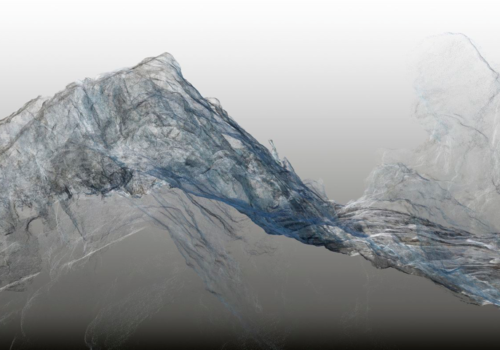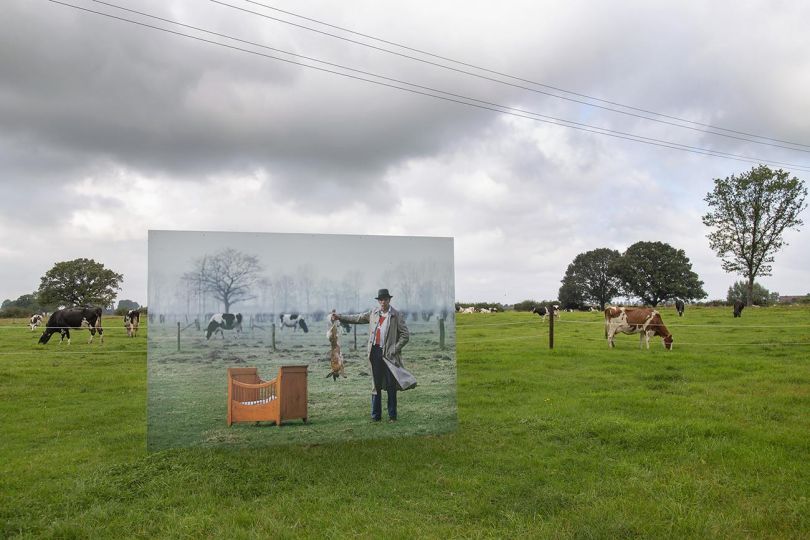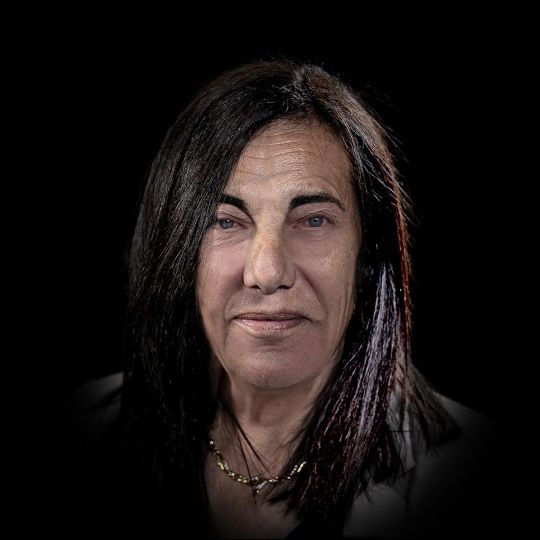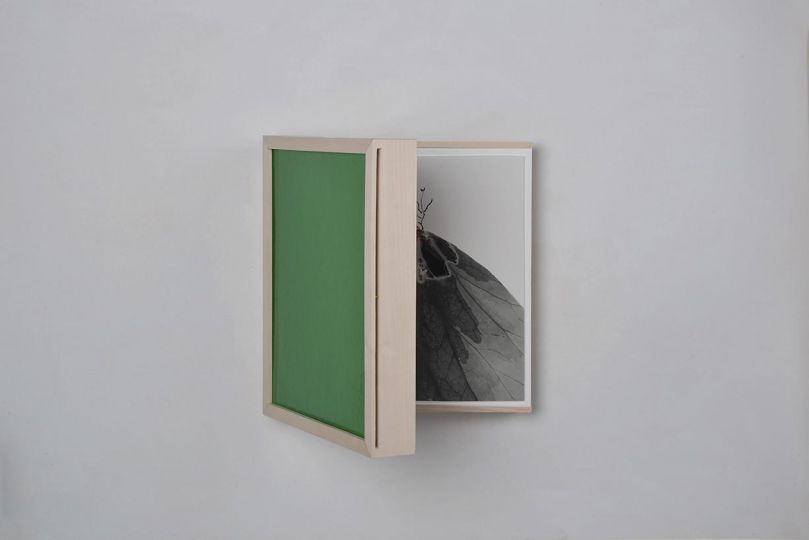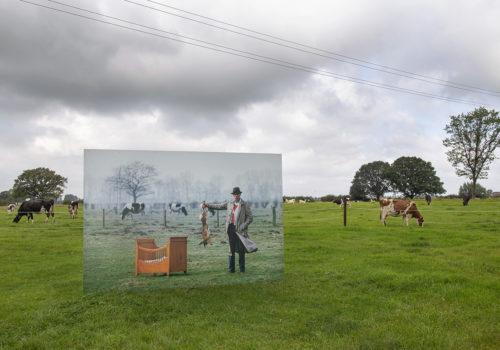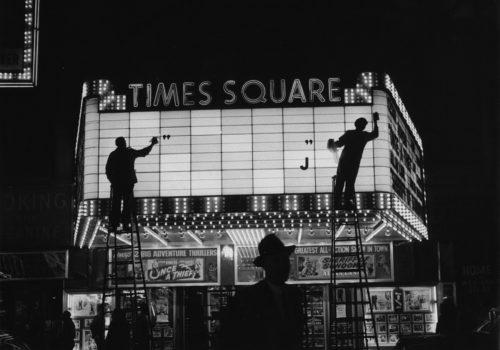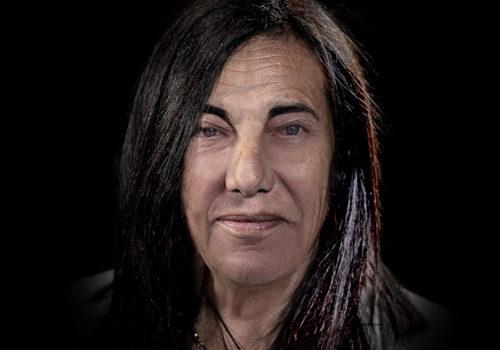For nearly 15 years, the British artist Dan Holdsworth (born in England in 1974) has combined art, science, and nature to produce photographs that challenge our perception and reinvent the notion of landscape. His interest in the environment and new technologies led him to study glaciers around the world, specifically in the United States, Iceland, in the Alps, and most recently in the Jura Mountains. Using high-precision instruments, the artist collects rigorous data in collaboration with the geologist Mark Allan. Thanks to recent photogrammetric and geo-cartographic innovations, hundreds of photographs taken from a helicopter or by a drone have been meticulously compiled and linked with GPS coordinates. The resulting 3D images of mountain ranges show an unprecedented level of detail.
At first glance, Holdsworth’s images seem completely abstract and intangible, as if derived from virtual reality. Digital imagery, omnipresent in our lives, has undeniably become a point of reference. Here, however, the contrary turns out to be true. Holdsworth’s work constitutes what might well be new landscape photography, since these are photographs generated at a specific site. The series entitled Continuous Topography is a visual representation of what Holdsworth calls “the archeology of the future.” The series comprises a digital archive, testifying to present-day morphology of limestone deposits formed over 150 million years ago. Every contour and fissure in the relief is made visible and may be dissected by tomorrow’s archeologists. Holdsworth’s work is an artistic interpretation based on scientific observation.
The scale of Holdsworth’s photographic subjects ranges from extremely large to infinitely small. Following his examination of geological formations, the artist delves into the smallest unit of the digital image: the pixel. Spatial Object represents a single pixel in a three-dimensional form. Enlarged to a human scale, this sculpture gives substance to a piece of abstract—non-physical and virtual—digital data. This pixel also represents a set of GPS coordinates extracted from a cartographic model, and in this sense constitutes a point in the physical landscape.
Since its invention, photography has offered us images of the world of extraordinary detail, from the smallest, hidden away and secret, to the largest. Holdsworth belongs to this tradition by dint of exploring the limits of our knowledge of the world before and after our time.
Dan Holdsworth, A Future Archeology
Until January 29, 2017
Musée des Beaux-Arts Le Locle
Rue Marie-Anne-Calame 6
2400 Le Locle
Switzerland

